During the 1970s, in response to the third industrial revolution and technological expansion, a new architectural movement called High Tech Architecture or Structural Expressionism emerged. It was a movement where architecture and high-quality technology fused together to create industrially inspired designs.
During this time, industries sought and found more efficient ways to create and solve problems through technological advancements. In architecture, the use of computers and intelligent systems was adopted from the aerospace industry, while existing architectural styles such as Bauhaus and the International Style faced criticism for their lack of originality and claims of purity. Architectural debates at that time paved the way for what would later be known as postmodernism, and it was within this paradigm that structural expressionism came to the forefront.
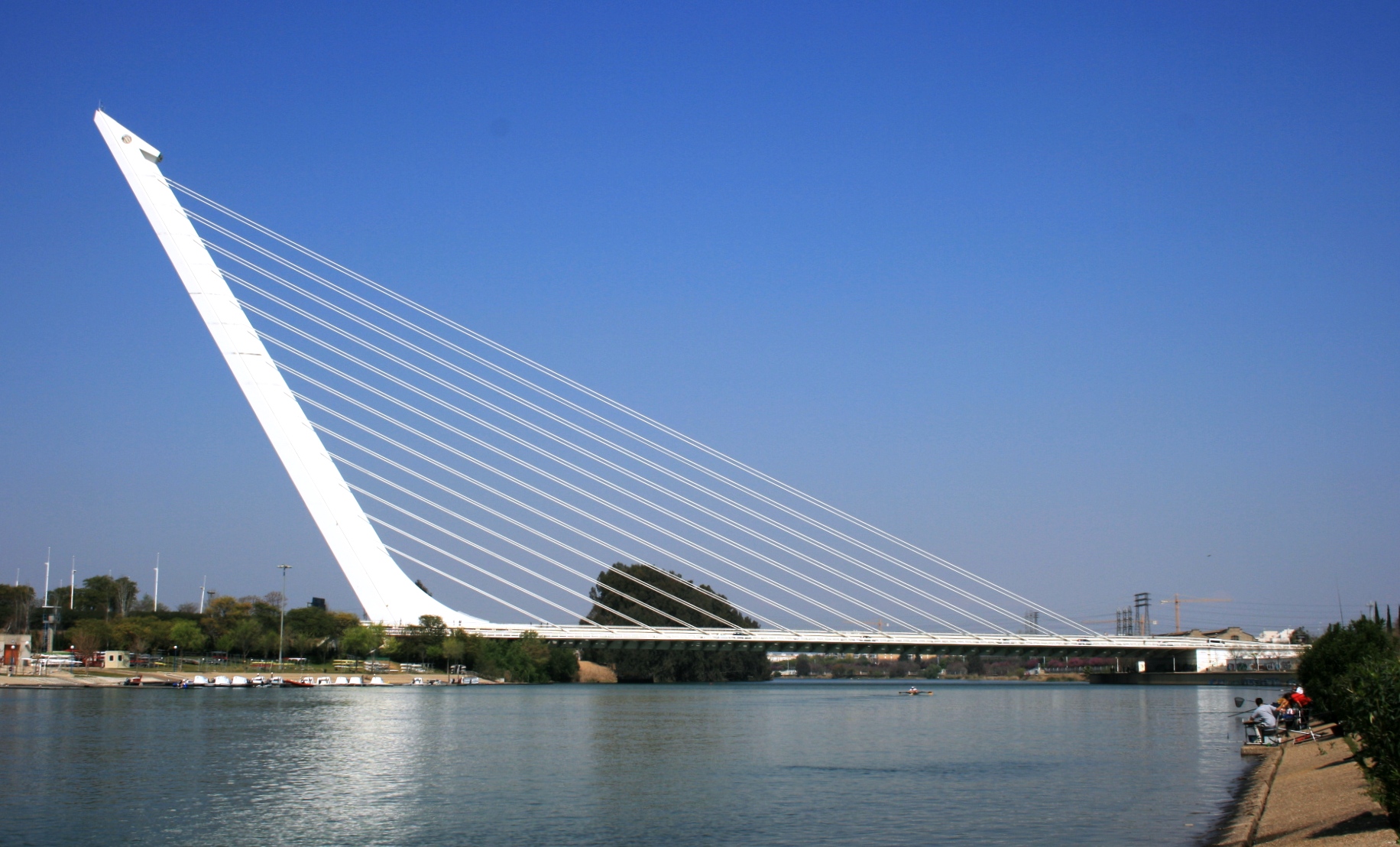
Alamillo Bridge in Seville, Spain
It is an architectural style characterized by the prominent use of advanced technology and innovative construction materials in building design. This architectural movement aims to aesthetically highlight technological and structural elements, where the form of the building reflects its function and technological capabilities. Its distinctive features include exposed beams and columns, reminiscent of the industrial revolution that inspired it.
The structures are transformable, and the interplay of form and the play of light play a significant role in shaping the buildings and construction works. Consequently, the structure becomes the function of the building. The most commonly used materials include steel, glass, and metal. This style was later perceived as ‘Architecture of Globalization’.
High Tech architecture had its beginnings in the 1960s and reached its peak in the 1970s and 1980s as a response to technological advancements and the growing importance of technology in society. Architects such as Richard Rogers, Norman Foster, and Renzo Piano were pioneers in this architectural style, challenging traditional conventions and exploring new ways to integrate technology into building design.
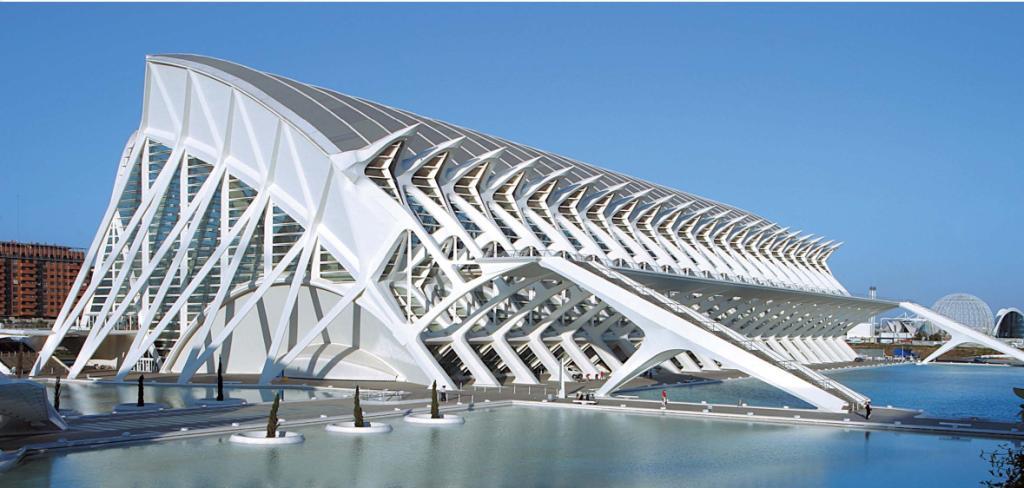
Science Museum in Valencia, Spain
In addition to those mentioned, several architects have made a significant mark in this style since its inception. Santiago Calatrava is recognized for his fluid and dynamic designs that merge architecture with structural engineering, such as the Prince Felipe Science Museum in Valencia and the Alamillo Bridge in Seville. Another notable architect of structural expressionism is Frank Gehry, whose bold and organic creations, such as the Guggenheim Museum in Bilbao and the Walt Disney Concert Hall in Los Angeles, have left a lasting impact on the architectural landscape. These architects, along with other talented practitioners, have defined structural expressionism through their focus on formal experimentation and the expression of structure, creating distinctive and powerful architectural works.

Walt Disney Concert Hall, Courtesy of Matt Marriott

Guggenheim Museum Bilbao, Courtesy of Erika Ede
High Tech architecture is based on the integration of technology and aesthetics, creating buildings that reflect technological advancements and offer functional and sustainable solutions. It is characterized by the following features:
- Technological expression: High Tech architecture visibly and aesthetically showcases the technological elements of a building, such as exposed steel structures, high-performance glass, and mechanical systems. These elements are considered prominent design features rather than being concealed.
- Structural transparency: High Tech buildings often have an open and transparent design, with large windows, glass walls, and visible structural elements. This transparency highlights the structural integrity and integration of technology within the building.
- Flexibility and adaptability: High Tech architecture incorporates flexible and adaptable spaces to accommodate changing needs and functions. The use of modular construction techniques allows for easy expansion or reconfiguration of the building.
- Integration of services: Services such as heating, cooling, plumbing, and electrical systems are integrated into the building’s design. These systems are often exposed, showcasing the technology and providing easy access for maintenance.
- Sustainable design: High Tech architecture emphasizes energy efficiency and sustainability. It incorporates innovative technologies such as solar panels, wind turbines, and advanced insulation systems to reduce energy consumption and promote environmental sustainability.
- Futuristic aesthetics: High Tech buildings often have a futuristic and dynamic appearance, with sleek lines, geometric forms, and a sense of movement. The use of innovative materials and cutting-edge construction techniques contributes to the overall futuristic aesthetic.
Structural expressionism has left an indelible mark on the world of architecture, challenging traditional conventions and exploring new formal and structural possibilities. Pioneering architects in this style, such as Santiago Calatrava, Frank Gehry, and Zaha Hadid, have created architectural masterpieces that blend sculptural beauty with structural functionality. Through their focus on dynamic forms, innovative materials, and expression of structure, they have transformed the perception of the built space and established a distinctive aesthetic recognized worldwide. Structural expressionism continues to inspire future generations of architects to push boundaries and defy conventions, leaving a lasting legacy in the history of architecture.

Millau Viaduct in Millau, France


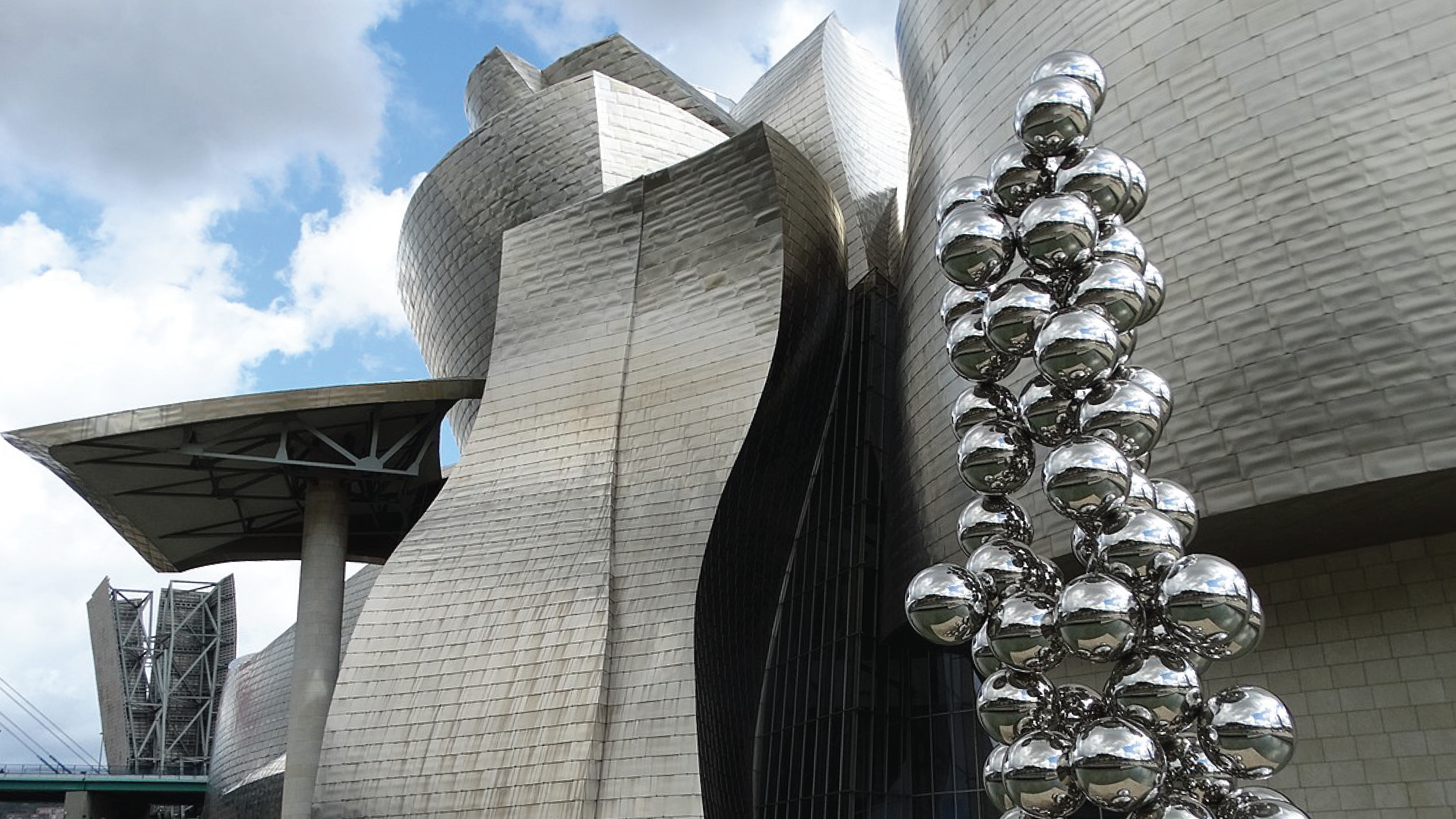
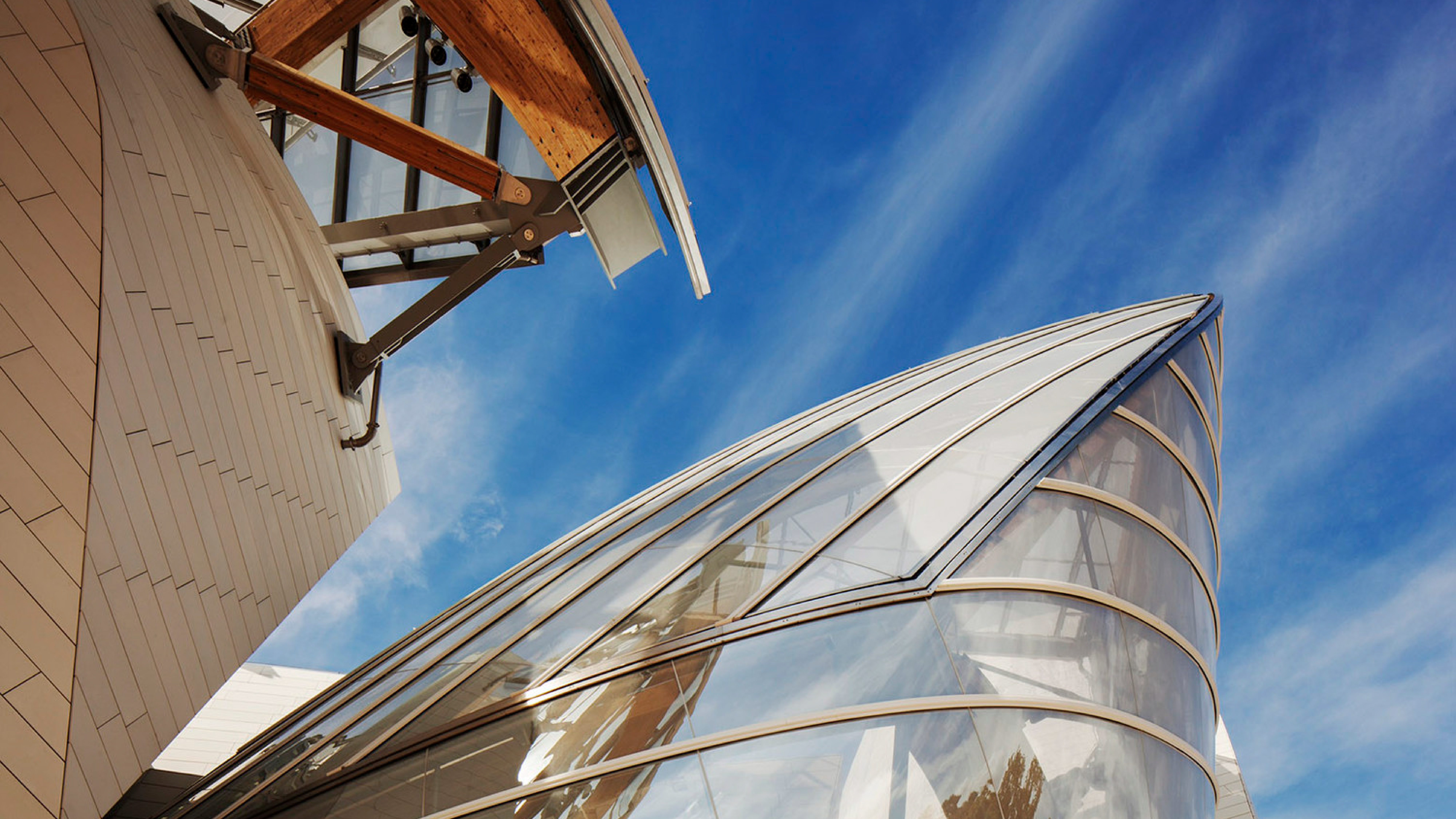
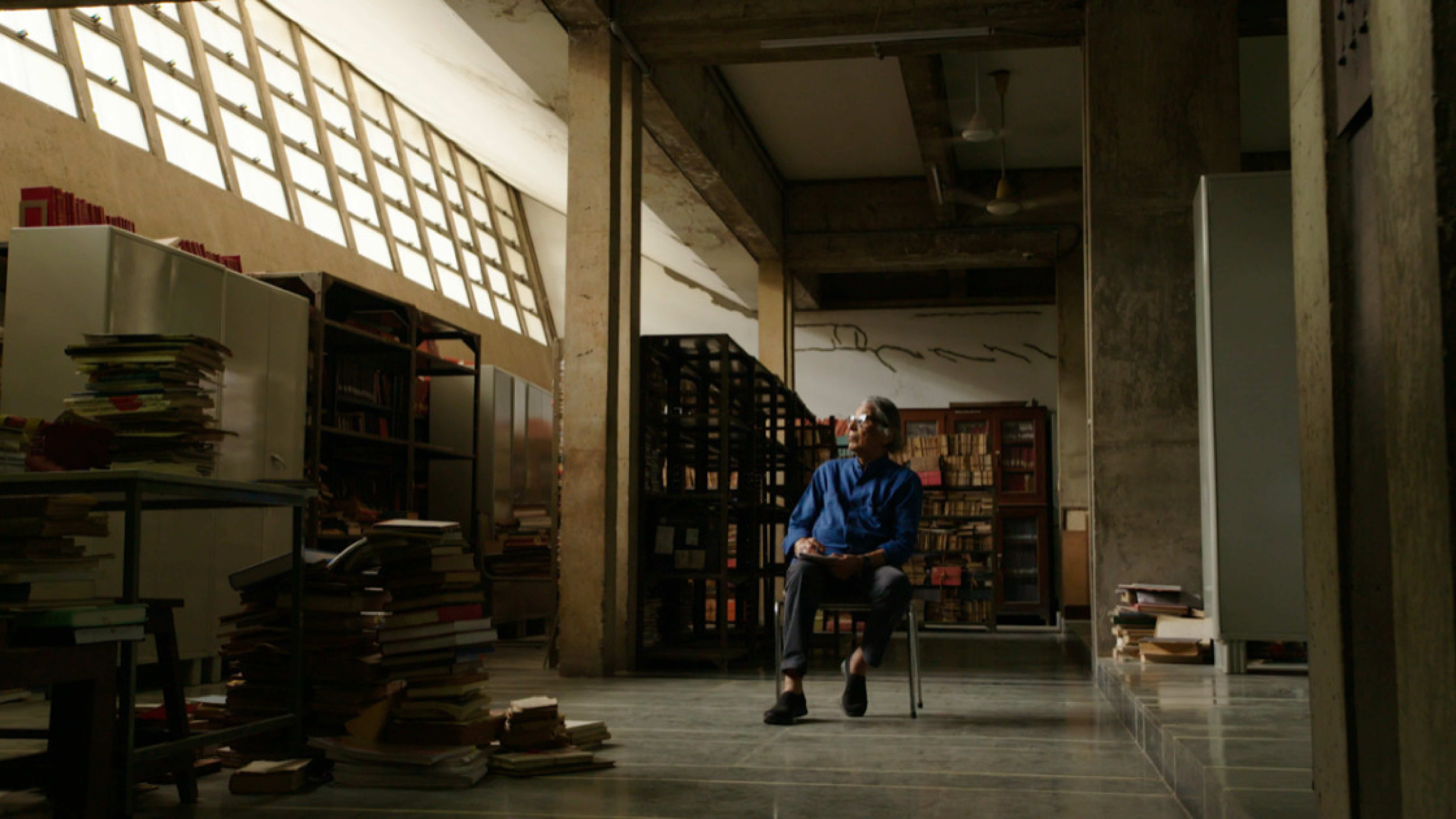
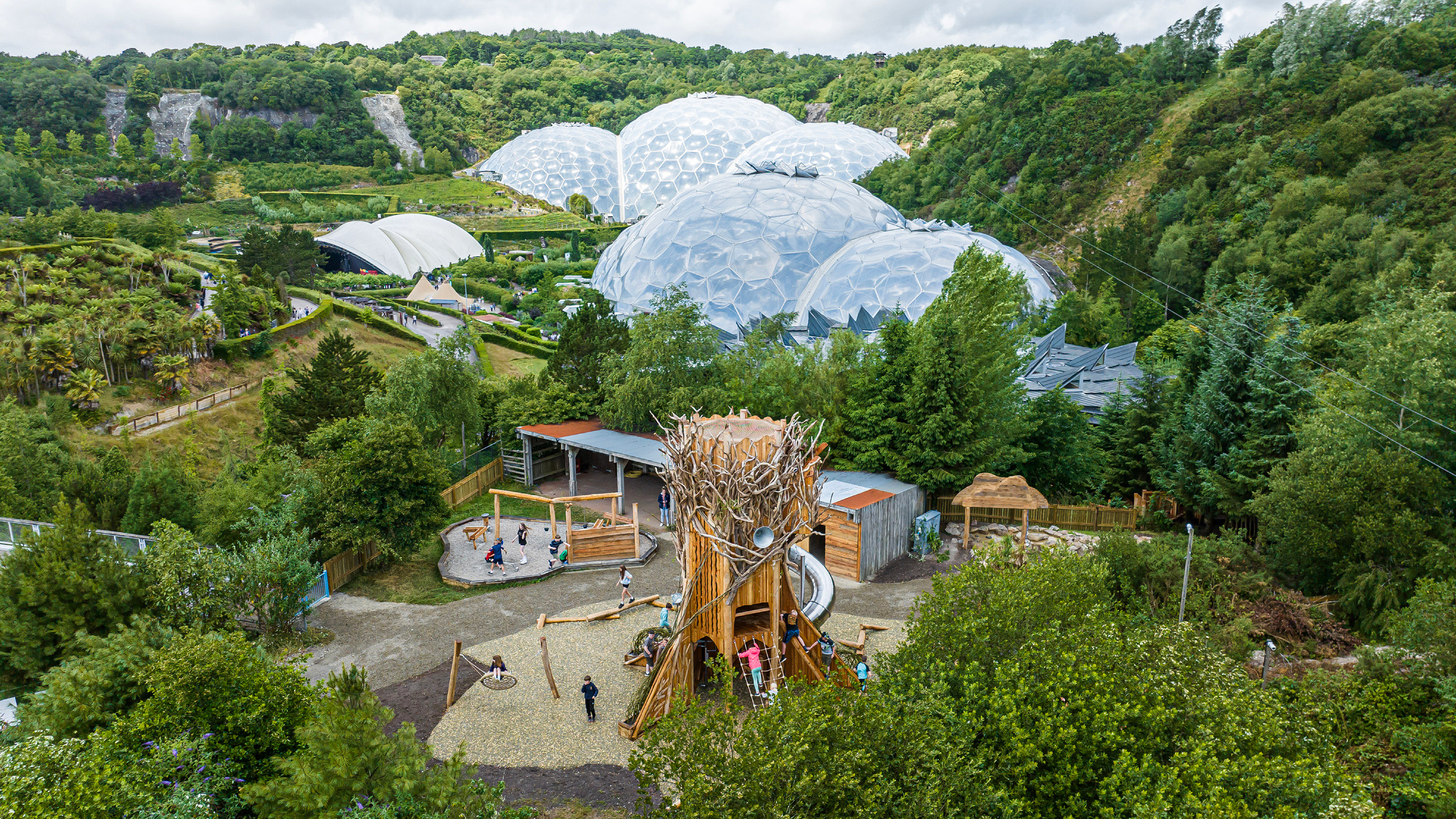

Leave A Comment